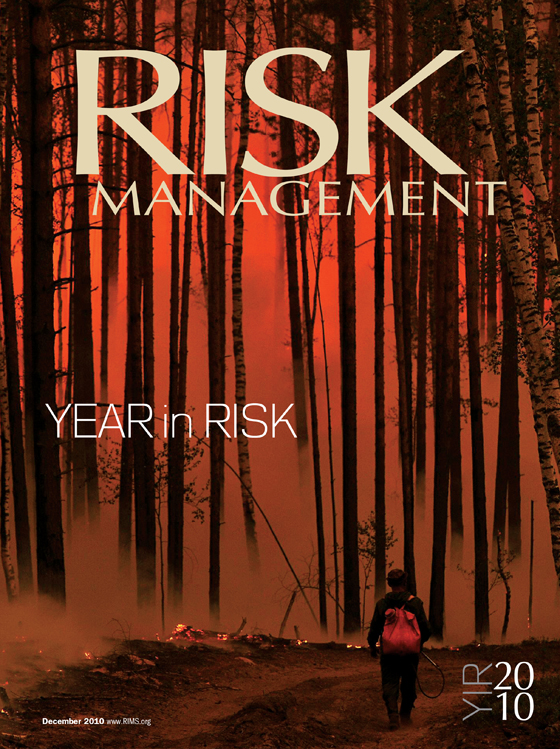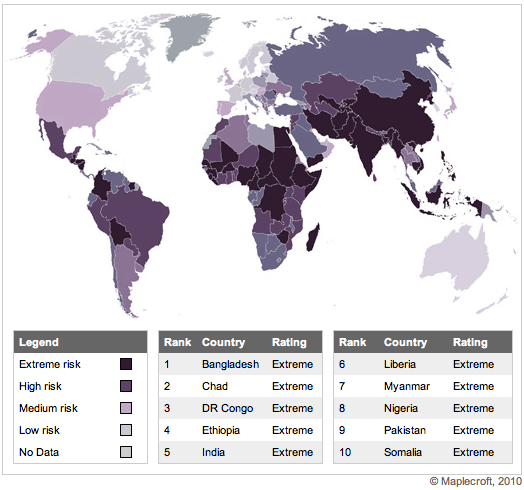A Egyptian tourist website featuring the resort town of Sharm El-Sheikh touts the area as having luxury five-star hotels, exciting water sports and a variety of shopping and entertainment options. What the website doesn’t tell the potential tourist is that the waters off the coast of Sharm El-Sheikh have become home to massive carnivorous creatures known as whitetip and mako sharks, and they’re attacking.
The shark attacks have been blamed for killing one tourist and badly injuring four others in the Red Sea waters off Sharm El-Sheikh during the last week alone. From the beginning, experts have called the attacks highly unusual for the species of shark in question, but that hasn’t quelled the tourist’s fears.
Richard Pierce, chairman of the Shark Trust and the Shark Conservation Society, said: “This spate of attacks is unprecedented. “For either of these species to make repeated attacks on humans is unheard of — they simply do not go around attacking people for fun. “To see so many attacks in such a short space of time is terrifying and very difficult to understand. Behind this, there is undoubtedly some kind of human trigger. “It is also very important to realise that both these species are endangered and you would not expect to see either of them as far north as Sharm el-Sheikh at this time of year.”
Three shark experts from the United States are traveling to Egyptian resort town to “form an advisory team to try to assess and advise on the best course of action following the shark attacks in areas north of Naama Bay this week.”
Because of the recent attacks, the Foreign Commonwealth Office has issued an insurance warning for people traveling to Egypt. The purpose of the warning was to remind travelers to include activities such as diving and snorkeling in their travel insurance coverage.
“Unusually cheap operators may not provide adequate safety and insurance standards,” the FCO said. “Ensure that your travel insurance covers you fully before you dive. Diving beyond the depth limit of your insurance policy will invalidate your cover.”
Authorities have banned water activities for the meantime, which could have an affect on tourism in the Egyptian resort town that many people frequent specifically for its beaches and water sports. The whole episode is frightening and eerily reminiscent of the well-known thriller Jaws.



 As the report states, there are more than 200 million children working throughout the world, many full-time. Of these, 126 million are exposed to hazardous forms of child labor. As we have seen, many big-name companies have been accused of using child labor, and though they’ve taken many steps to correct their ethical violations, the reputation damage still lingers — and may do so forever.
As the report states, there are more than 200 million children working throughout the world, many full-time. Of these, 126 million are exposed to hazardous forms of child labor. As we have seen, many big-name companies have been accused of using child labor, and though they’ve taken many steps to correct their ethical violations, the reputation damage still lingers — and may do so forever.